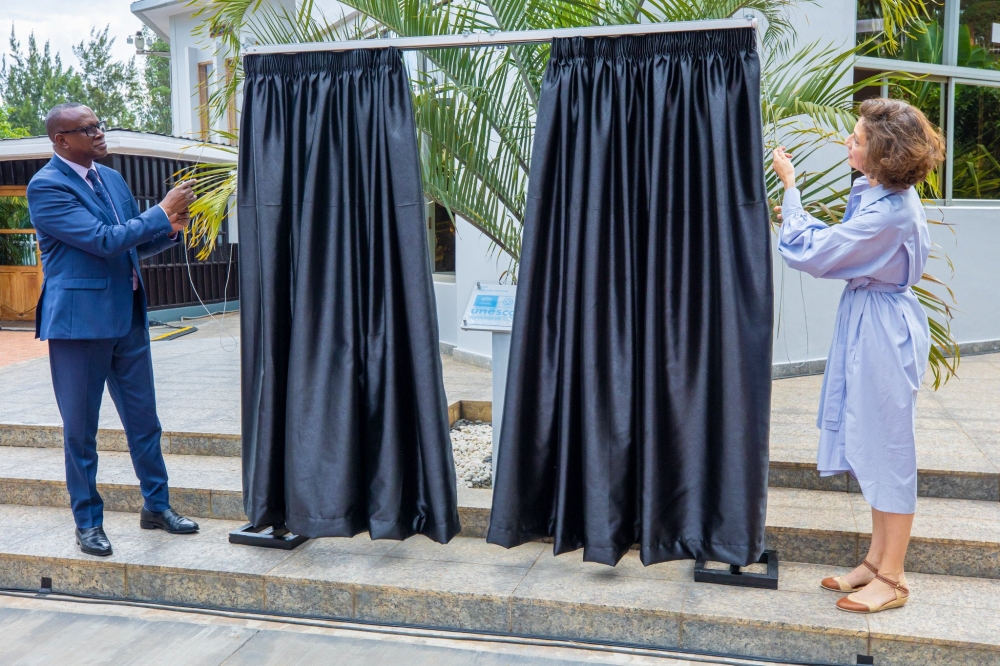In a significant move towards recognizing the tragic history of the 1994 Genocide against the Tutsi, UNESCO officially certified four memorial sites in Rwanda as part of the World Heritage List on Friday, April 5. The ceremony, led by UNESCO Director-General Audrey Azoulay, took place at the Kigali Genocide Memorial, one of the newly certified sites.
The other three memorials that received this international acknowledgment are Murambi in Nyamagabe District, Nyamata in Bugesera District, and Bisesero in Karongi District. These sites serve as the final resting places for some of the over one million victims of the genocide that unfolded over a three-month period in 1994.
Azoulay emphasized the significance of this recognition, stating, “Last year, the World Heritage Committee of UNESCO voted to add four Genocide memorials to the World Heritage List. This means international recognition that what happened in Rwanda is a tragedy not only for Rwanda but also for the entire international community, the whole of humanity.” She further noted that the certification of these sites is crucial for educating future generations worldwide about peace and genocide prevention.
The Minister of National Unity and Civic Engagement, Jean-Damascène Bizimana, highlighted that the certification of the four Genocide memorial sites was part of the 30th commemoration of the 1994 Genocide against the Tutsi. He stressed the importance of teaching history that condemns killing and promotes peace and security, values that UNESCO strongly emphasizes.
The inclusion of the memorials on the World Heritage List is the result of collaborative efforts since 2012 between local communities, national and international experts, and advisory groups such as the International Council on Monuments and Sites (ICOMOS).
Following the certification ceremony, Azoulay is scheduled to visit the Murambi Genocide Memorial in Nyamagabe District on Saturday, where she will meet with survivors, the site’s management, and young people from local communities. The Murambi memorial, located at a former technical school, is the final resting place for over 50,000 victims of the Genocide against the Tutsi.

